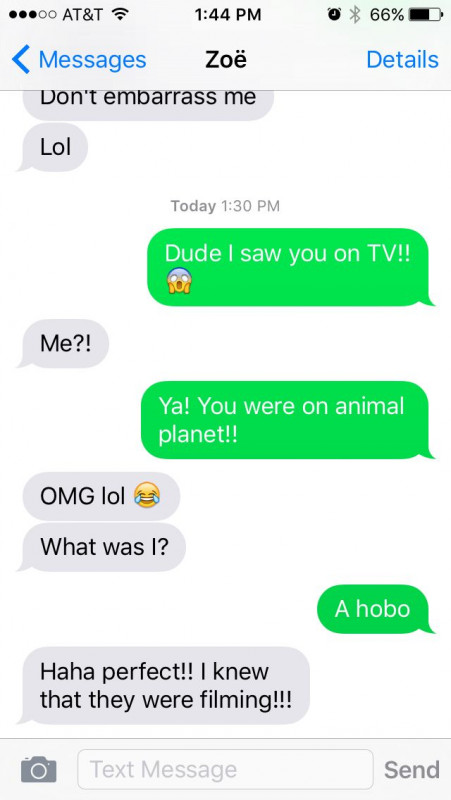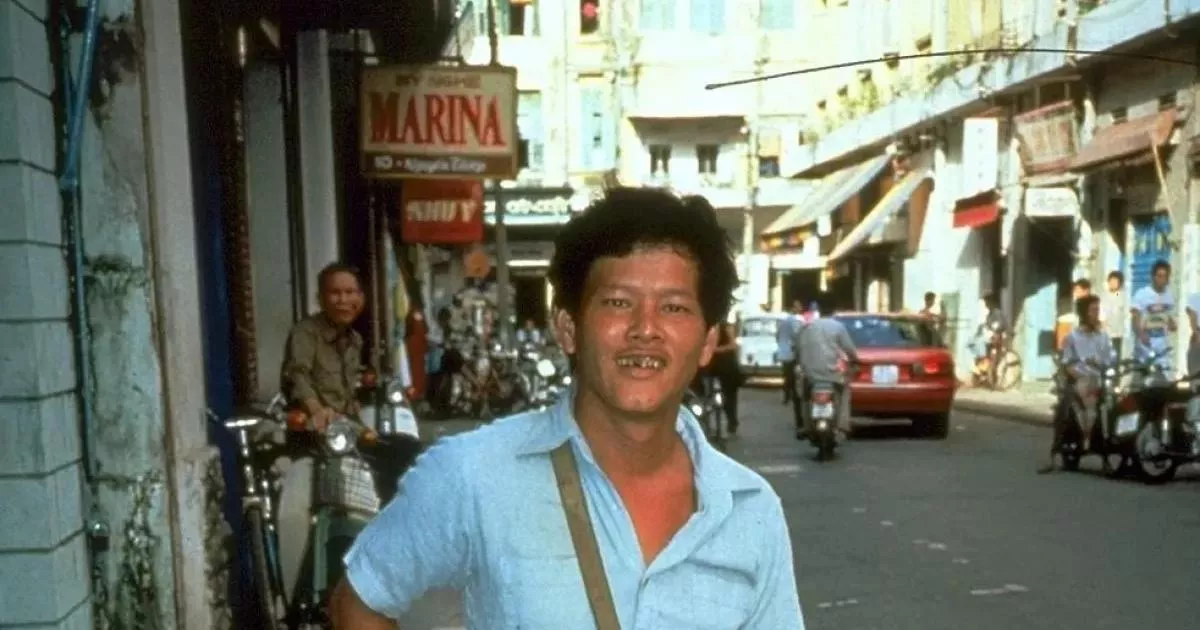Poliomyelitis, or polio, is an infectious disease caused by the poliovirus. Most cases are asymptomatic. However, some individuals experience mild symptoms such as sore throat and fever. More severe cases can result in headache, neck stiffness, and paresthesia, typically resolving within weeks. Paralysis, potentially leading to death, is a less frequent but serious outcome. Post-polio syndrome, characterized by muscle weakness similar to the initial infection, can emerge years after recovery.
1900: Polio Epidemics Appear in Europe and the United States
Around 1900, small localized paralytic polio epidemics began to appear in Europe and the United States. These outbreaks marked the start of a significant public health challenge.
1909: Identification of the Polio Virus
In 1909, the virus that causes poliomyelitis was first identified by Austrian immunologist Karl Landsteiner, marking a crucial step in understanding the disease.
1911: First Use of the Abbreviation "Polio"
In 1911, the abbreviated version "polio" was first used in the Indianapolis Star, marking the introduction of a shorter, more common term for poliomyelitis.
1950: Shift in Peak Age Incidence of Paralytic Poliomyelitis in the United States
By 1950, the peak age incidence of paralytic poliomyelitis in the United States had shifted from infants to children aged five to nine years, when the risk of paralysis is greater. About one-third of the cases were reported in persons over 15 years of age. The rate of paralysis and death due to polio infection also increased during this time.
1950: Purification of Gamma Globulin by William Hammon
In 1950, William Hammon at the University of Pittsburgh purified the gamma globulin component of the blood plasma of polio survivors and proposed its use to prevent and reduce the severity of polio.
1952: Development of the Inactivated Polio Vaccine
In 1952, Jonas Salk at the University of Pittsburgh developed the inactivated polio vaccine (IPV).
1952: Worst Polio Epidemic in United States History
The 1952 polio epidemic became the worst outbreak in the nation's history. Of the nearly 58,000 cases reported that year, 3,145 died and 21,269 were left with mild to disabling paralysis.
April 1955: Announcement of the Salk Vaccine
On April 12, 1955, Jonas Salk announced the development of the inactivated polio vaccine (IPV) to the world, marking a major breakthrough in the fight against polio.
1957: Human Trials of Sabin's Vaccine Began
In 1957, human trials of Albert Sabin's oral polio vaccine (OPV) began, testing its effectiveness and safety.
1957: Dedication of the Polio Hall of Fame
In 1957, the Polio Hall of Fame was dedicated at the Roosevelt Warm Springs Institute for Rehabilitation in Warm Springs, Georgia, US. It honored fifteen scientists and two laymen who made important contributions to the knowledge and treatment of poliomyelitis.
1958: Selection of Sabin's Vaccine by NIH
In 1958, Sabin's live attenuated vaccine was selected by the US National Institutes of Health, in competition with other vaccines.
1961: Introduction of the Oral Polio Vaccine
The oral polio vaccine (OPV), containing weakened viruses, has been in use since 1961, revolutionizing polio immunization strategies.
1962: Licensing of Sabin's Oral Polio Vaccine
In 1962, Sabin's oral polio vaccine (OPV) was licensed and rapidly became the only oral polio vaccine used worldwide.
1977: Number of Polio Survivors in the United States
In 1977, there were 254,000 persons living in the United States who had been paralyzed by polio, illustrating the lasting impact of the disease.
1980: Smallpox Eradication
In 1980, smallpox was declared eradicated, marking a significant achievement in global health and serving as a precedent for polio eradication efforts.
1988: Start of Polio Eradication Efforts
In 1988, following the widespread use of poliovirus vaccine in the mid-1950s and the decline of new poliomyelitis cases, efforts to completely eradicate the disease started.
1988: Launch of the Global Polio Eradication Initiative
In 1988, the Global Polio Eradication Initiative (GPEI) was launched, led by the World Health Organization, UNICEF, and The Rotary Foundation. This marked the beginning of a global effort to eradicate polio.
1988: Estimated Polio Cases in 1988
In 1988, there were an estimated 350,000 cases of polio, highlighting the initial scope of the polio epidemic.
1991: Last Known Polio Case in the Americas
In 1991, the last known polio case in the Americas was a boy in Peru.
1994: The Americas Declared Polio-Free
In 1994, the Americas were declared polio-free, a significant achievement in public health.
1999: Last Polio Case in Syria Before the Outbreak
The polio outbreak in 2013 was the first outbreak in Syria since 1999.
2001: Lowest Number of Polio Cases in 2001
In 2001, the number of polio cases reached a low of 483, reflecting the impact of early eradication efforts.
2002: Europe Declared Polio-Free
In 2002, Europe was declared polio-free, marking a significant milestone in the global polio eradication effort.
2003: Fatwa Declares Polio Vaccine Causes Sterility
In 2003, a fatwa was issued in northern Nigeria declaring that the polio vaccine was designed to render children sterile. This led to the reappearance of polio in Nigeria and its spread to other countries.
2008: Addition of Organizations to the Polio Hall of Fame
In 2008, four organizations (Rotary International, the World Health Organization, the U.S. Centers for Disease Control and UNICEF) were added to the Polio Hall of Fame, recognizing their significant contributions to polio eradication efforts.
2010: Wild Poliovirus Discovery in 13 Countries
In 2010, wild poliovirus was discovered through importation in 13 different countries: Chad, the Democratic Republic of Congo, the Republic of Congo, Kazakhstan, Liberia, Mali, Nepal, Niger, the Russian Federation, Senegal, Tajikistan, Turkmenistan, and Uganda.
2011: Polio Cases in Afghanistan During 2011
During 2011, Afghanistan reported 80 cases of polio across 35 districts.
2011: Development of Improved Oral Vaccine Began in 2011
In 2011, development began for an improved oral vaccine (Novel oral polio vaccine type 2 - nOPV2).
2011: Eradication of Rinderpest
In 2011, rinderpest was declared eradicated, further showcasing the potential for eradicating diseases globally.
2011: CIA Fake Vaccination Clinic in Pakistan
In 2011, the CIA ran a fake hepatitis vaccination clinic in Abbottabad, Pakistan, in an attempt to locate Osama bin Laden, which significantly damaged trust in vaccination programs.
April 2012: WHO Declaration on Polio Eradication Failure
In April 2012, the World Health Assembly declared that the failure to completely eradicate polio would be a programmatic emergency for global public health.
2012: Return of Polio in Syria
In Syria, difficulties in executing immunization programs in the ongoing civil war likely led to a return of polio in 2012.
November 2013: Polio Cases Confirmed in Syria
Between October and November 2013, 15 cases of polio were confirmed among children in Syria in Deir Ezzor.
2013: Attack on Polio Health Workers in Kano
In 2013, nine health workers administering polio vaccine were killed in Kano, Nigeria, marking a setback in eradication efforts. Despite this attack, local leaders and polio survivors worked to revive the vaccination campaign.
2013: Attacks on Vaccination Workers
In 2013, there were attacks on vaccination workers, contributing to a total of 66 vaccinators killed between 2013 and 2014, highlighting the dangers faced by healthcare workers in polio-endemic regions.
March 2014: Eradication of Polio in South-East Asia
On March 27, 2014, the WHO announced the eradication of poliomyelitis in the South-East Asia Region, including eleven countries: Bangladesh, Bhutan, North Korea, India, Indonesia, Maldives, Myanmar, Nepal, Sri Lanka, Thailand and Timor-Leste.
2014: Deaths Among Vaccination Workers
In 2014, deaths among vaccination workers continued, with a total of 66 vaccinators killed between 2013 and 2014, demonstrating the ongoing challenges and risks associated with polio vaccination campaigns.
2014: Decline of Polio Cases in Pakistan
Starting in 2014, polio cases dropped by 97 percent in Pakistan by 2018.
September 2015: Nigeria Removed from Polio-Endemic List
In September 2015, Nigeria was removed from the polio-endemic list after more than a year without any reported cases, marking a significant milestone in the country's fight against the disease.
2015: Polio Remains in Pakistan and Afghanistan
By 2015, polio was believed to remain naturally spreading in only two countries: Pakistan and Afghanistan, underscoring the challenges in achieving complete eradication.
2015: Eradication of Wild Poliovirus Type 2
In 2015, wild poliovirus type 2 (WPV2) was certified as eradicated, marking a significant milestone in global polio eradication efforts.
2016: Polio Reemergence in Nigeria
In 2016, Nigeria was restored to the polio-endemic list after two new cases of polio were detected, reversing progress made in previous years.
2017: Vaccine-Derived Poliovirus Cases Outnumber Wild Cases
In 2017, for the first time, cases caused by vaccine-derived poliovirus (cVDPV) outnumbered wild poliovirus cases, due to wild polio cases hitting record lows.
2018: Support from the United Arab Emirates
By 2018, due to efforts which include 440 million dirham support from the United Arab Emirates to vaccinate more than ten million children, changes in the military situation, and arrests of some of those who attacked polio workers, polio cases dropped by 97 percent since 2014 in Pakistan.
2018: Taliban Ban on Polio Vaccination
In 2018, the Taliban banned house-to-house polio vaccination in Afghanistan, setting back efforts to eliminate polio.
2018: GPEI Efforts to Eliminate Polio
Since 2018, Global Polio Eradication Initiative (GPEI) has coordinated efforts both to eliminate polio and to research means of improving surveillance and prevention.
September 2019: Polio Outbreak in the Philippines
In September 2019, the Department of Health of the Philippines declared a polio outbreak in the country after a single case in a 3-year-old girl.
December 2019: Polio Confirmed in Malaysia
In December 2019, acute poliomyelitis was confirmed in an infant in Sabah state, Borneo, Malaysia.
2019: Eradication of Wild Poliovirus Type 3
In 2019, wild poliovirus type 3 (WPV3) was certified as eradicated, representing a further advancement in the global fight against polio.
January 2020: Additional Polio Cases Reported
In January 2020, a further three polio cases were reported in Malaysia, with the last case reported being found to be linked instances of vaccine-derived poliomyelitis.
August 2020: Africa Declared Free of Wild Polio
In August 2020, Africa was declared free of wild polio, marking a significant achievement in public health. However, cases of circulating vaccine-derived poliovirus type 2 continue to appear in several countries.
2021: GPEI Funding
As of 2021, the GPEI had raised 18 billion dollars in funding, with annual contributions around 800 million to 1 billion dollars.
2021: Polio Cases in Afghanistan During 2021
During 2021, Afghanistan reported only 4 cases of polio across 2 districts, a substantial decline from previous years.
2021: Eradication of Polio Types 2 and 3
In 2021, Polio Types 2 and 3 were fully eradicated from every country; however, type 1 cases still remain in Pakistan and Afghanistan, marking a significant step towards complete eradication.
2021: Emergency Licensing of Improved Oral Vaccine
In 2021, the Novel oral polio vaccine type 2 - nOPV2 was granted emergency licensing.
2021: Continued Taliban Ban on Polio Vaccination
In 2021, the Taliban continued to ban house-to-house polio vaccination in Afghanistan, which further hindered polio eradication efforts.
May 2022: Wild Polio Case Detected in Mozambique
In May 2022, another case of wild polio was detected in Mozambique. The strain was imported from Pakistan and did not affect the African region's wild poliovirus-free certification status.
July 2022: Polio Case Reported in New York
In July 2022, the US state of New York reported a polio case for the first time in almost a decade in the country; this was attributed to a vaccine-derived strain of the virus.
2022: Confirmed Polio Cases in 2022
In 2022, there were only 30 confirmed cases of wild polio, confined to just three countries, showcasing the substantial reduction in polio incidence due to vaccination programs.
October 2023: Endemic Countries in October 2023
As of October 2023, only Pakistan and Afghanistan remain endemic for wild poliovirus (WPV), highlighting the significant progress made in global polio eradication efforts.
December 2023: WHO Licensure of Improved Oral Vaccine
In December 2023, an improved oral polio vaccine (nOPV2) with greater genetic stability was granted full licensure and prequalification by the World Health Organization.
April 2024: Countries Considered Polio-Free But Not Confirmed
As of April 2024, several countries including Somalia, Djibouti, Sudan, Egypt, Libya, Tunisia, Morocco, Palestine, Lebanon, Syria, Jordan, Saudi Arabia, Bahrain, Qatar, Oman, Yemen, the UAE, Iraq, Kuwait, and Iran have been considered polio-free, but have not yet been confirmed.
2024: Polio Cases Reported in Gaza
In 2024, the Gaza Health Ministry reported that several children have shown symptoms consistent with polio, with laboratory tests confirming that a 10-month-old child is infected with the virus.
Mentioned in this timeline
The United States of America is a federal republic located...
Nigeria is a West African nation the most populous in...
Saudi Arabia officially the Kingdom of Saudi Arabia KSA is...
Qatar is a country located on the Qatar Peninsula in...
Sudan officially the Republic of the Sudan is a country...

Polio vaccines are used to prevent poliomyelitis There are two...
Trending

2 months ago LoL Worlds 2025: T1 vs Gen.G Final Forecasted to Break Viewership Records
1 month ago Priah Ferguson discusses girlhood, growth, Stranger Things goodbye, and Erica spinoff possibilities.

25 days ago Immigration Crackdown in New Orleans: Federal Action and Immigrant Concerns Emerge.

2 months ago Sadie Sink avoids Spider-Man spoilers, shows abs. Holland's mistakes provide lessons.

8 months ago Adam Sandler in 'Jay Kelly' with George Clooney; Rival movie releases compared.

26 days ago Hayley Williams Excludes Racist, Sexist, and Transphobic Fans from Her Shows.
Popular

XXXTentacion born Jahseh Dwayne Ricardo Onfroy was a controversial yet...

Stranger Things created by the Duffer Brothers is a popular...
The Kennedy Center Honors are annual awards recognizing individuals and...

Candace Owens is an American conservative political commentator and author...
Turning Point USA TPUSA is an American nonprofit organization founded...

William Franklin Graham III commonly known as Franklin Graham is...
